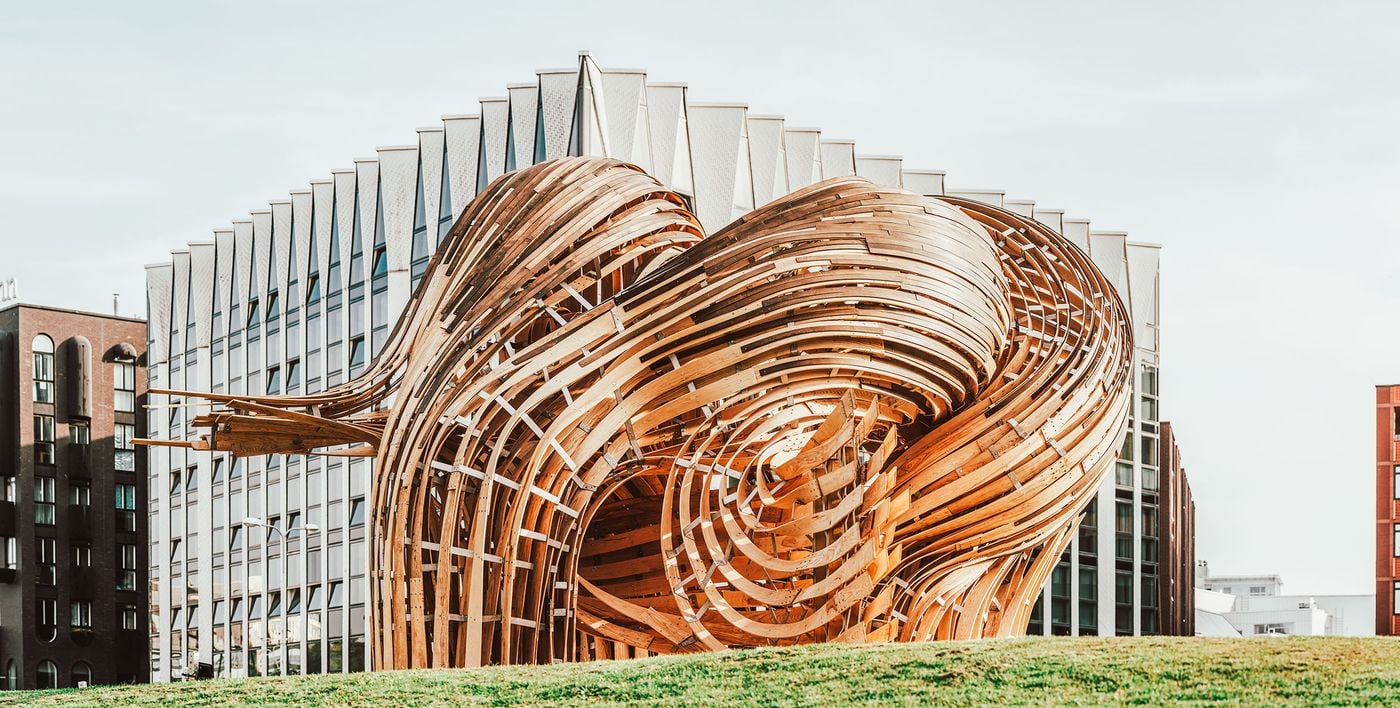
Steampunk: A Futuristic Installation in Tallinn Explores Mixed-Reality Assembly Methodologies
Words by Eric David
Location
Tallinn, Estonia
Steampunk: A Futuristic Installation in Tallinn Explores Mixed-Reality Assembly Methodologies
Words by Eric David
Tallinn, Estonia
Tallinn, Estonia
Location
A curious sight awaits visitors at this year’s Tallinn Architecture Biennale (TAB) outside the Museum of Estonian Architecture: a monumental sculptural installation appears to have been forcefully tied in a knot by a supernatural power. Titled “Steampunk” and made from steam-bent hardwood, the voluptuous pavilion is the winner of TAB's installation programme 'Huts and habitats' and will remain in place until the next edition in 2021. The installation was designed by Soomeen Hahm and Igor Pantic, two tutors from UCL’s Barlett School of Architecture, in collaboration with Gwyllim Jahn and Cameron Newnham, whose Australian company Fologram facilitates the construction of complex designs through the use of Augmented Reality (AR) software, and Format Engineers. Primitive in sensibility and futuristic in aspiration, Steampunk’s natural materials and organic morphology belie the pioneering technology behind its construction.

Photo © Tõnu Tunnel.
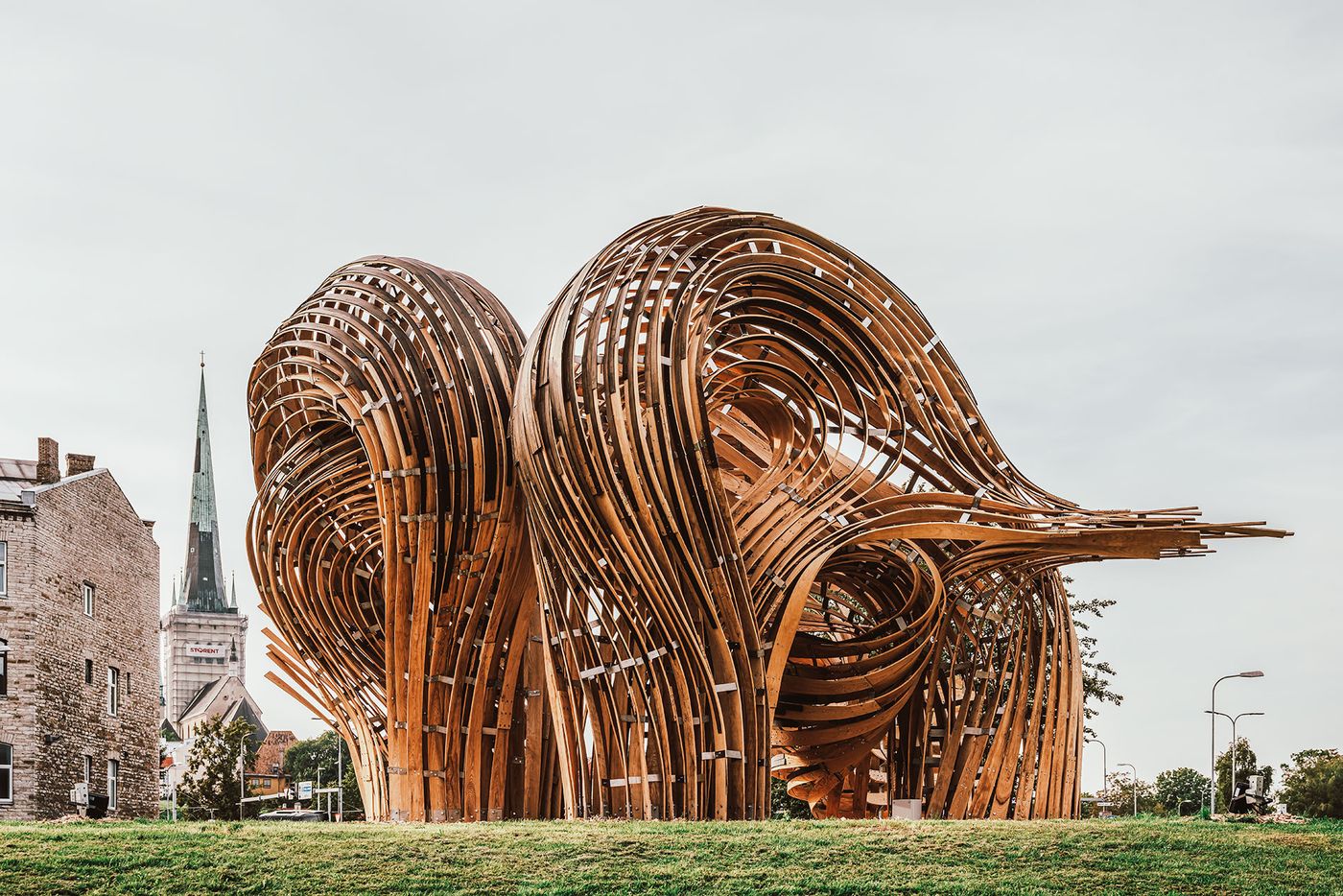
Photo © Tõnu Tunnel.
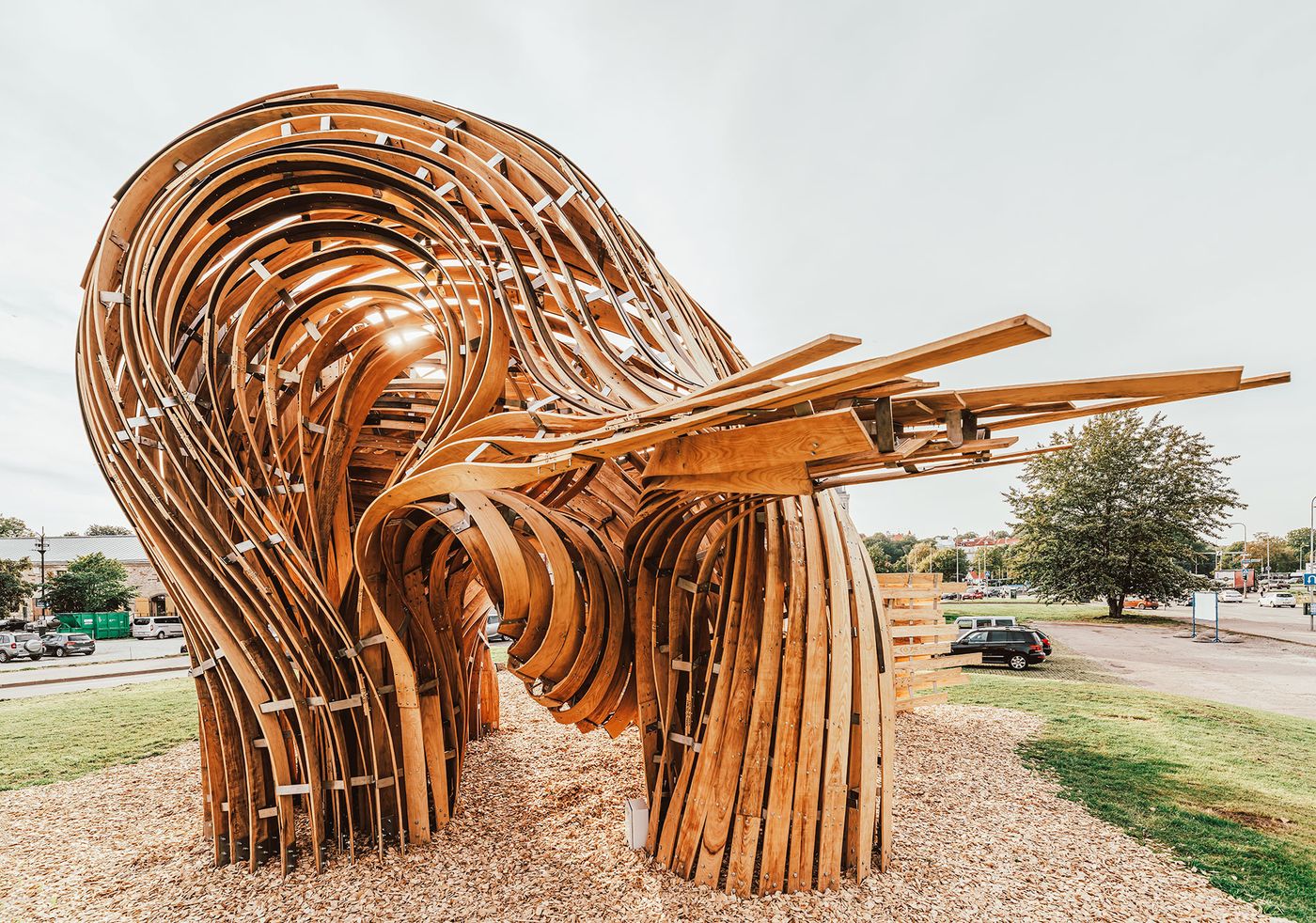
Photo © Tõnu Tunnel.
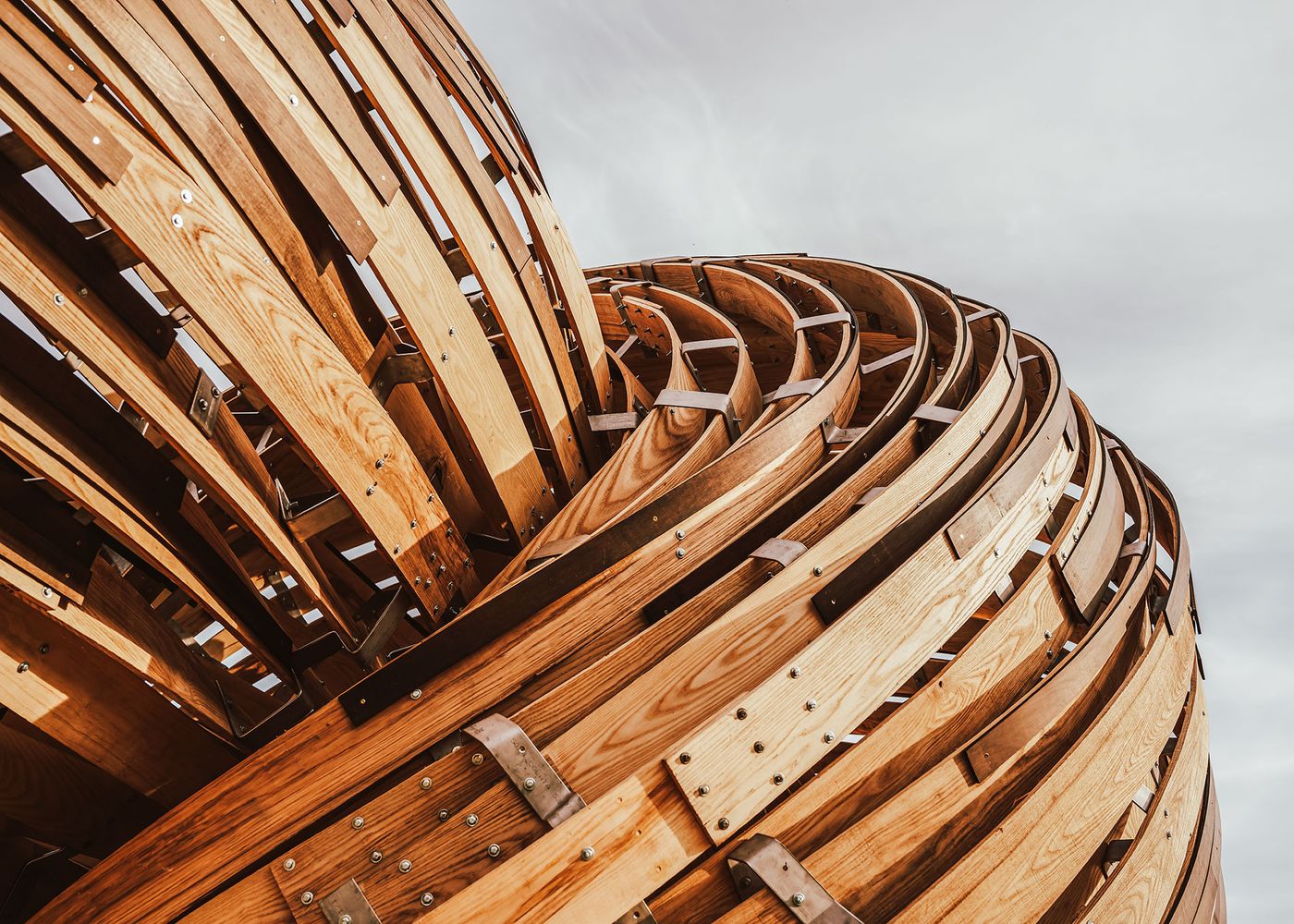
Photo © Tõnu Tunnel.
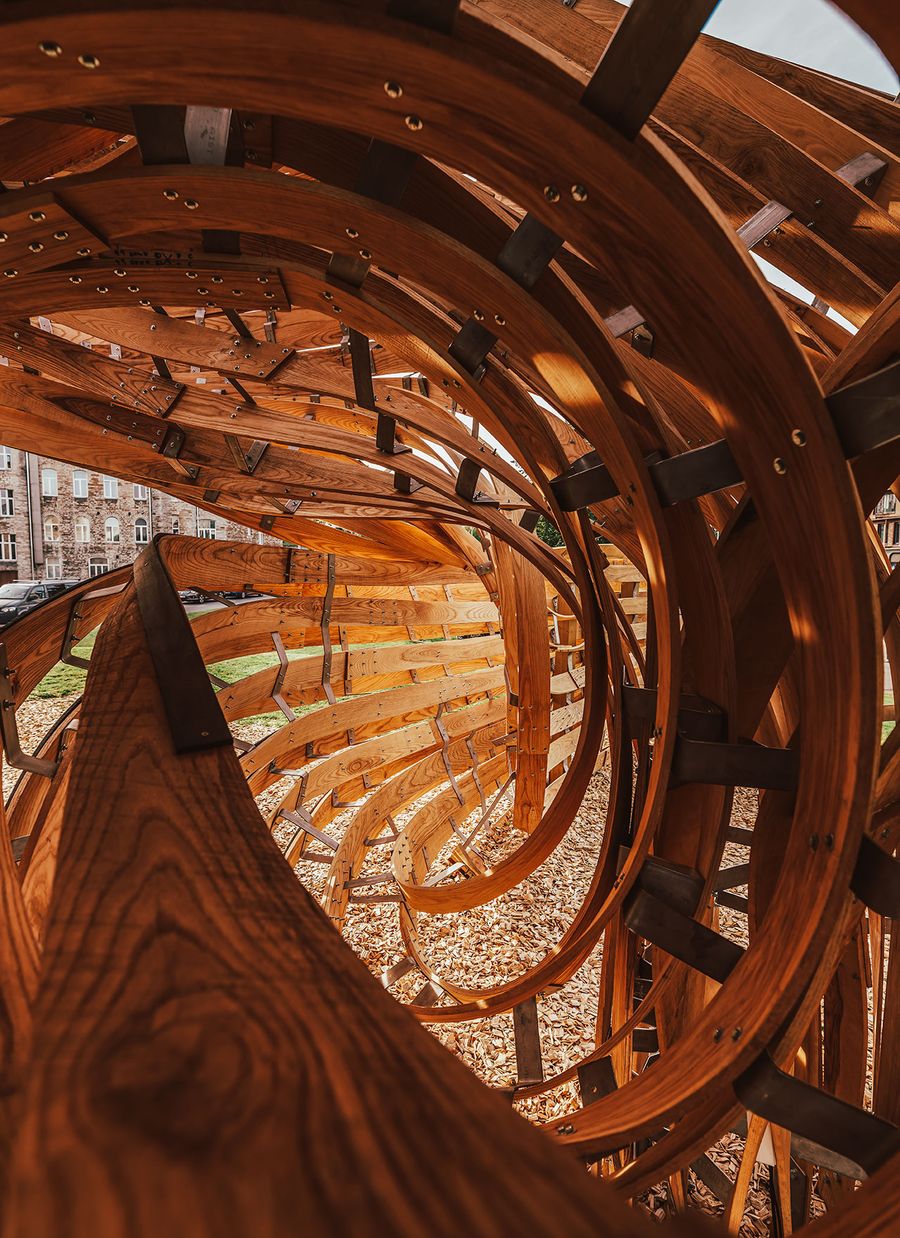
Photo © Tõnu Tunnel.
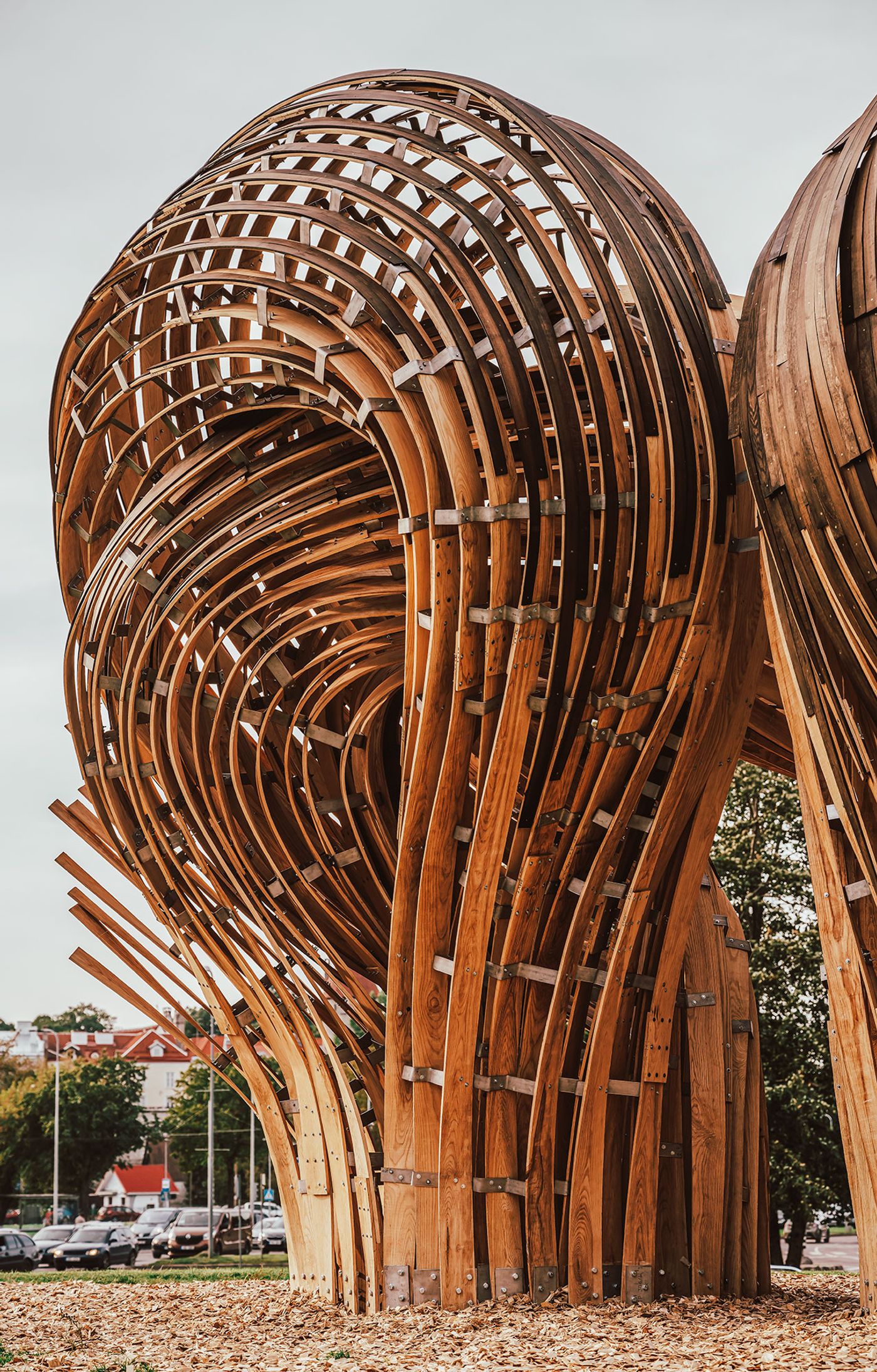
Photo © Tõnu Tunnel.
Chosen from a shortlist of more than 137 international submissions, Steampunk’s uniqueness lies not only in the complexity of the design and beauty of its shape but also in the way it was constructed, namely in the use of Mixed-Reality (MR) assembly methodologies. Undoubtedly the most impressive facet of these methodologies, more so than the CNC-milling and 3D printing of various components, was the use of interactive holographic guides in the guise of AR headsets that provided construction workers with holographic instructions on site, eliminating the need to consult drawings - a typical source of errors and miscalculations. It may sound like something out of science fiction movie, we know, but apparently the future is now. Fologram’s software was also instrumental in other aspects of the pavilion’s fabrication and assembly, from steaming each one of the timber components, some of which measure 12m in length, into the desired shape, to bending the 414 unique steel brackets that support the structure.

Photo © Tõnu Tunnel.
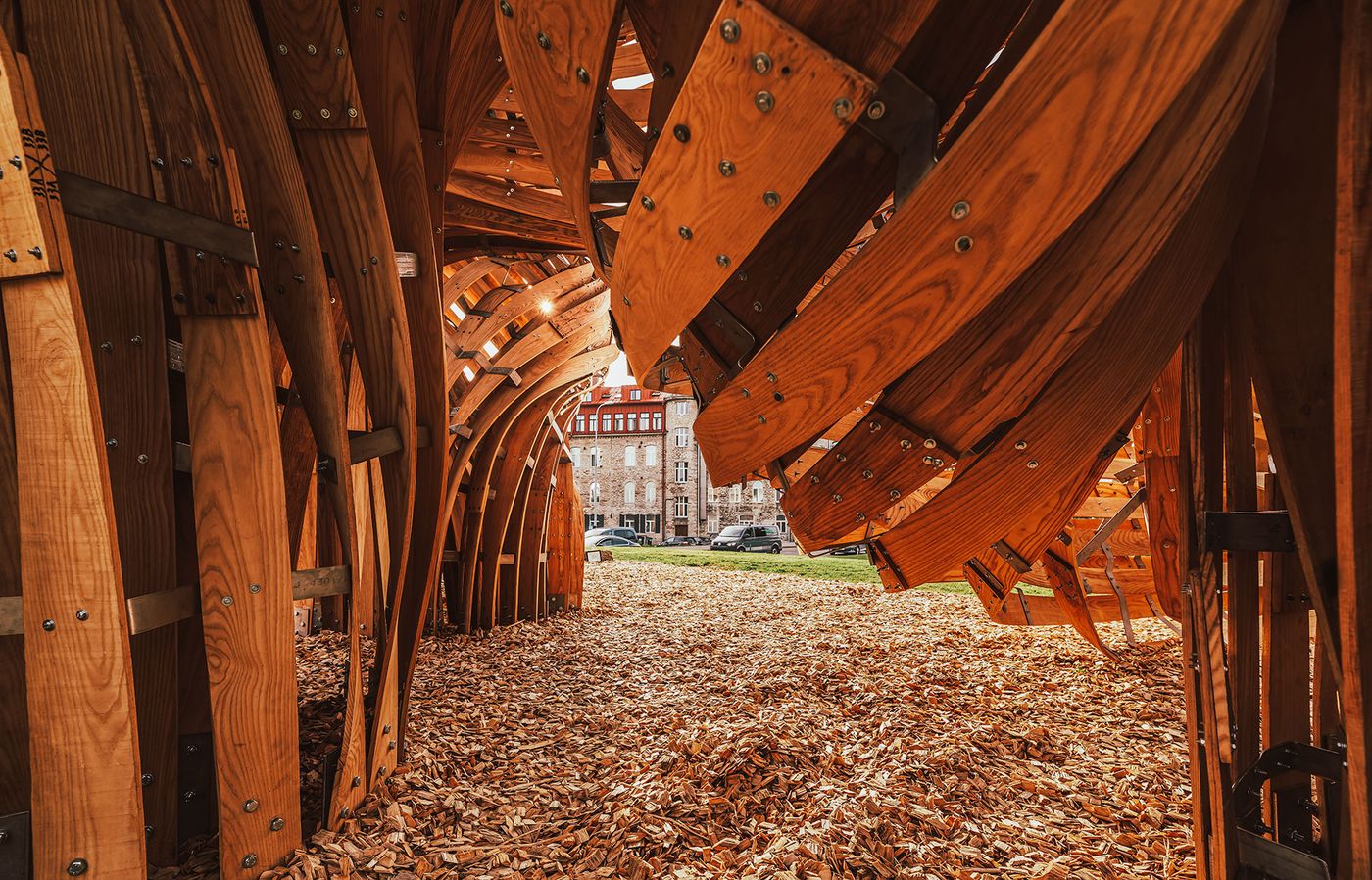
Photo © Tõnu Tunnel.
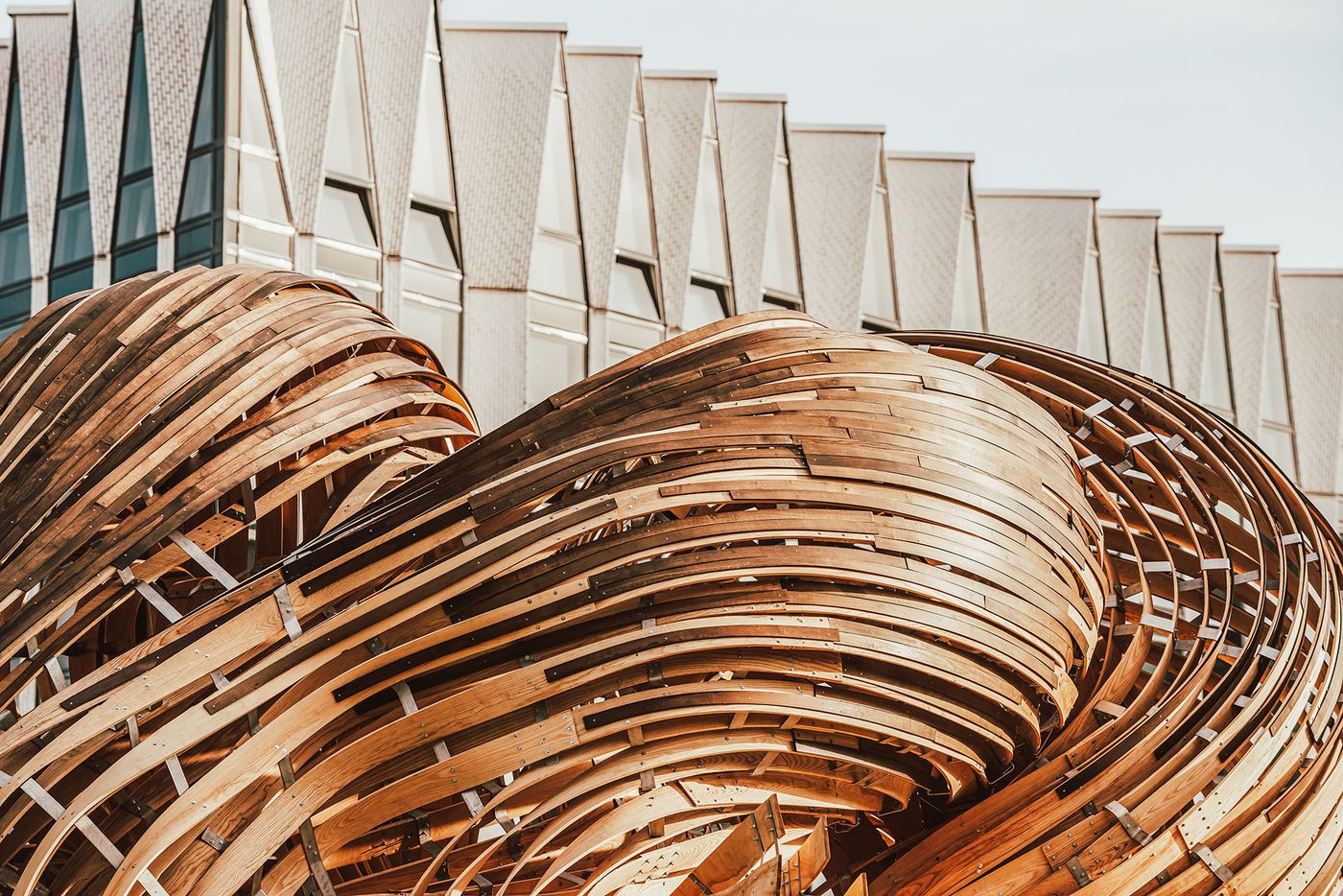
Photo © Tõnu Tunnel.
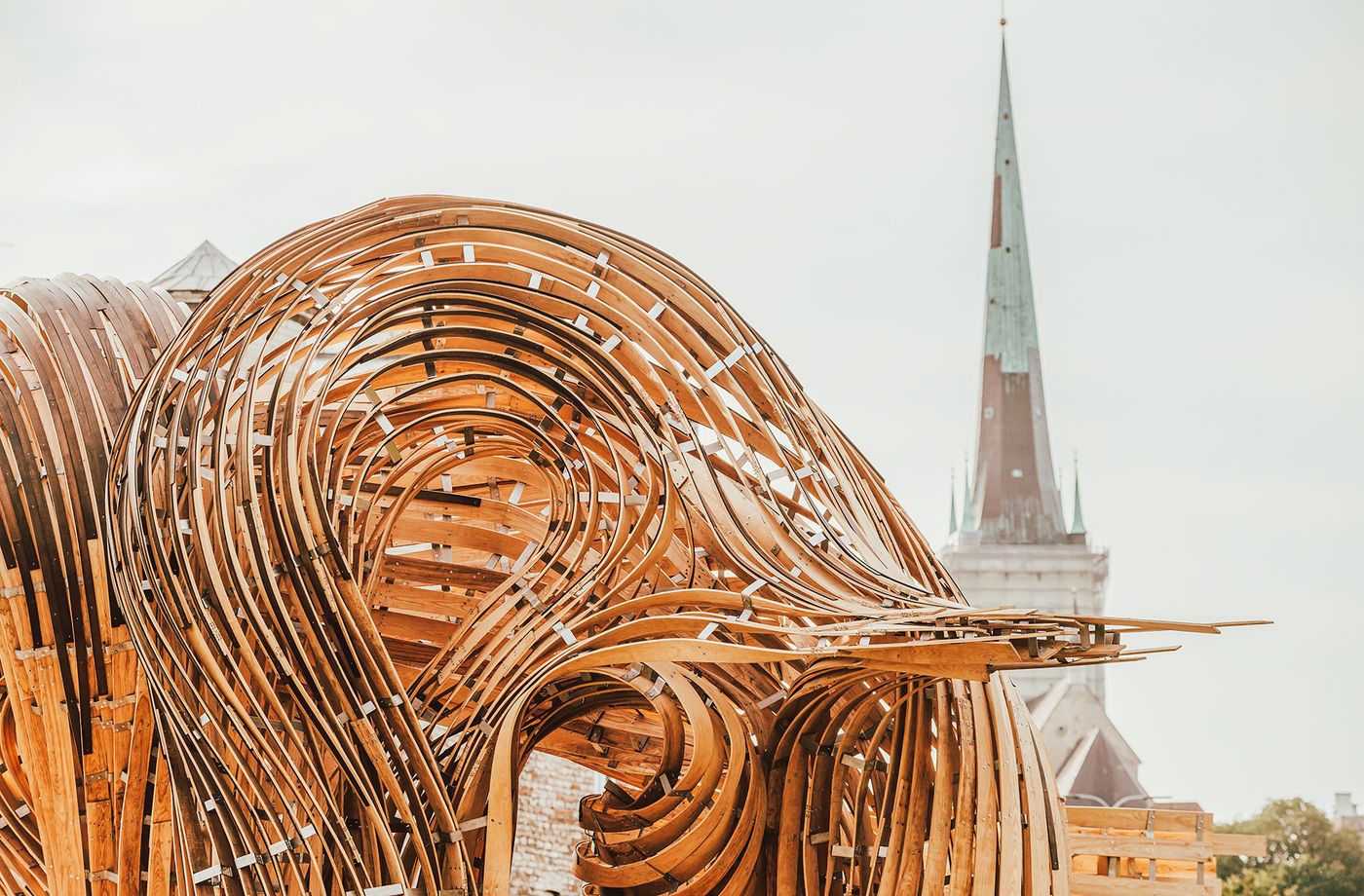
Photo © Tõnu Tunnel.
The pavilion’s hybrid construction demonstrates the power of humans and machines working together while also exploring the relationship between nature, architecture and technology. “This pavilion challenges the idea of the primitive hut – showing how, by using algorithmic logic, simple raw materials can be turned into a highly complex and inhabitable structure”, explains architect and curator of the TAB 2019 Installation Programme, Gilles Retsin, in reference to 18th century architectural theorist Marc-Antoine Laugier’s concept of the Primitive Hut which argues that the ideal architectural form embodies what is natural and intrinsic. But more than anything, Steampunk’s beautifully entangled assemblage embodies TAB 2019’s theme, “Beauty Matters”.
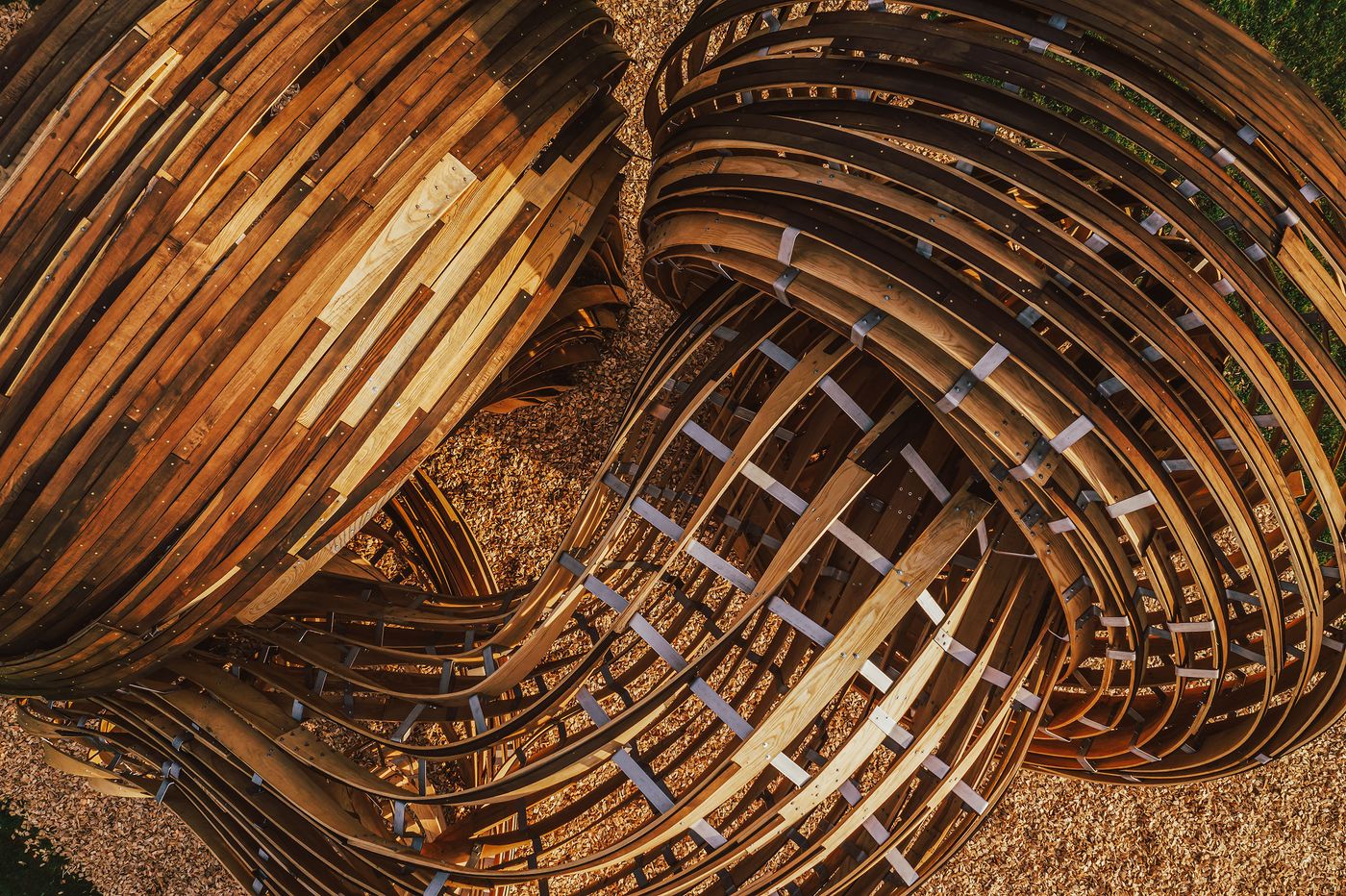
Photo © Tõnu Tunnel.
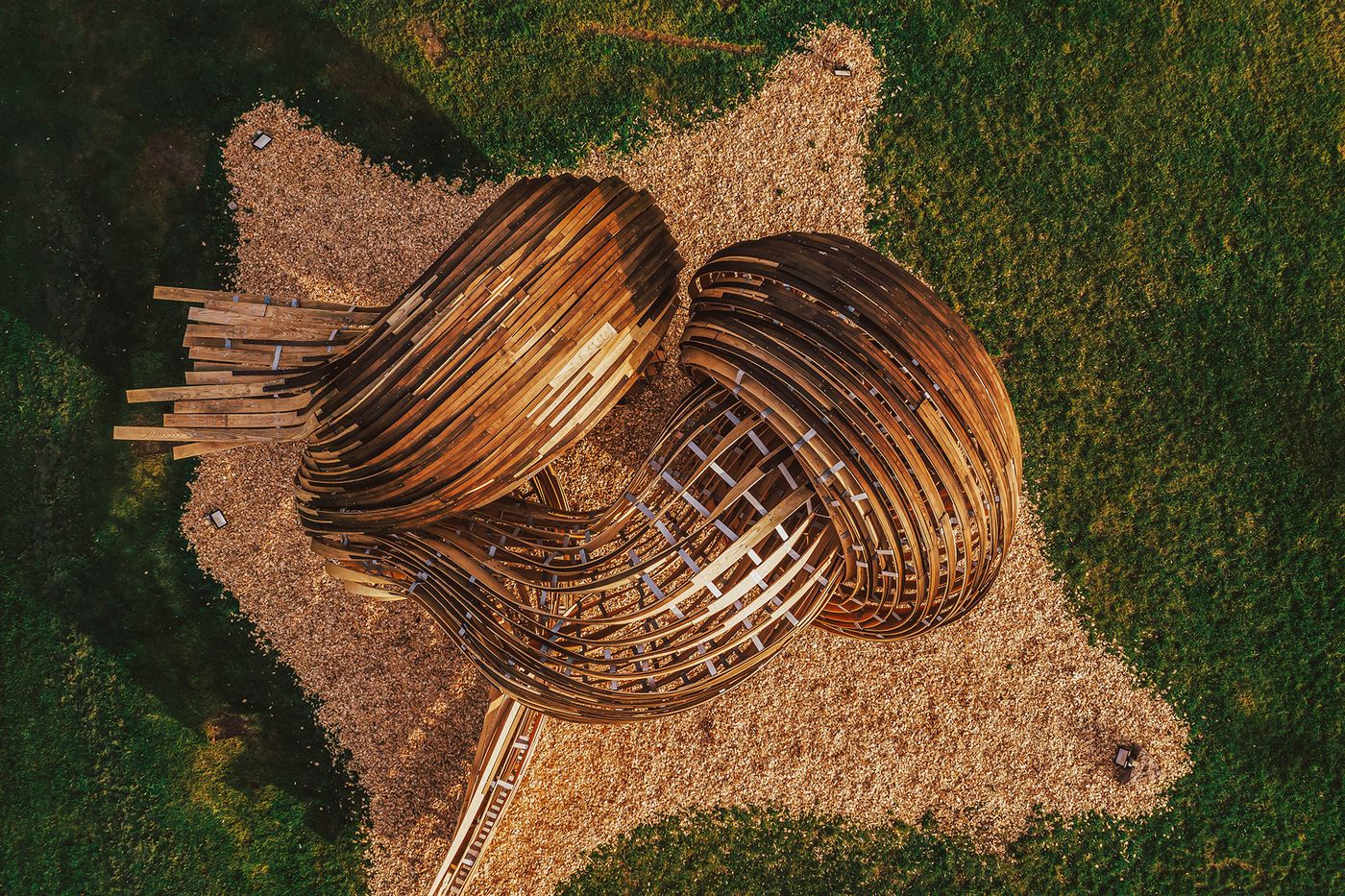
Photo © Tõnu Tunnel.
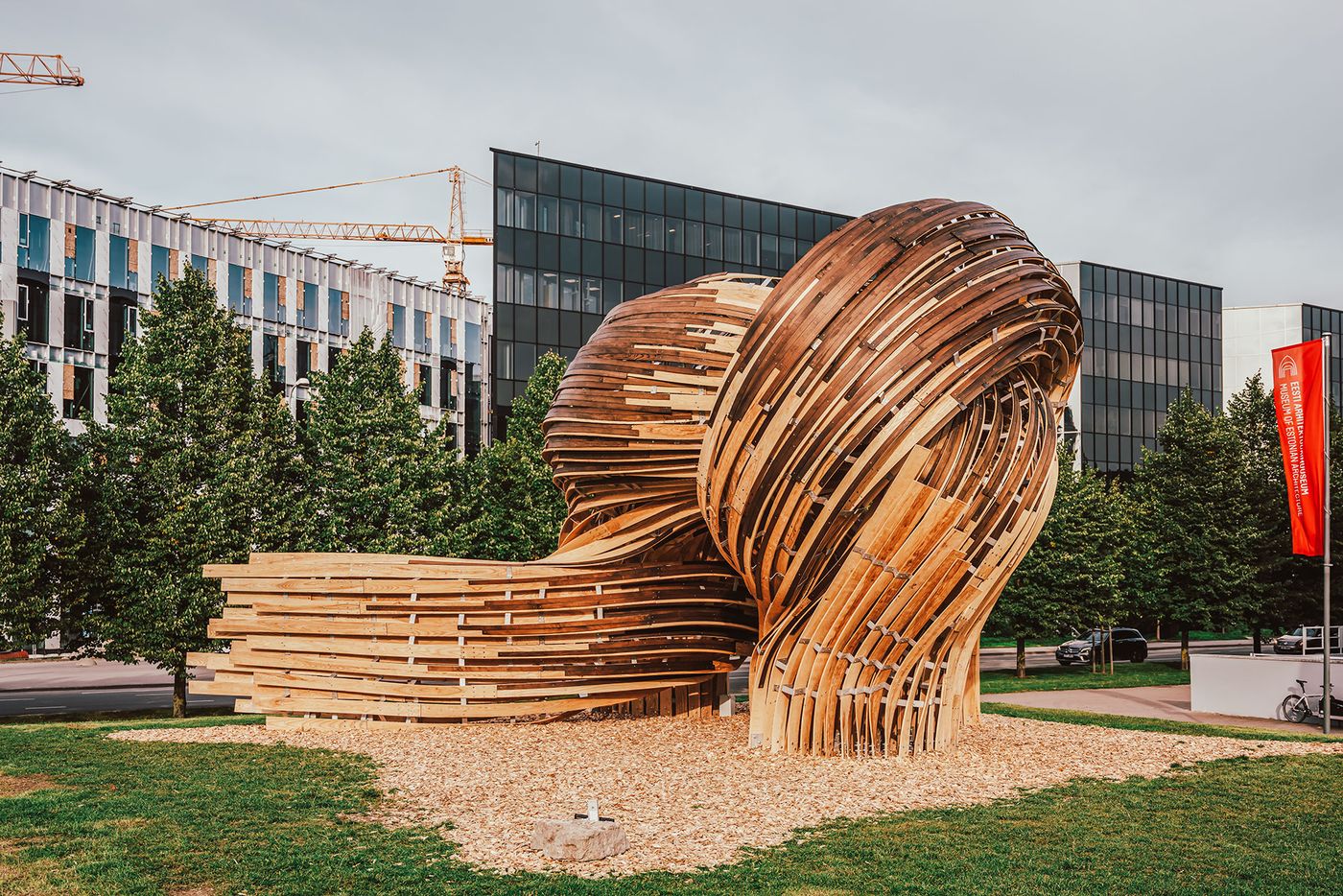
Photo © Tõnu Tunnel.

Photo © Tõnu Tunnel.
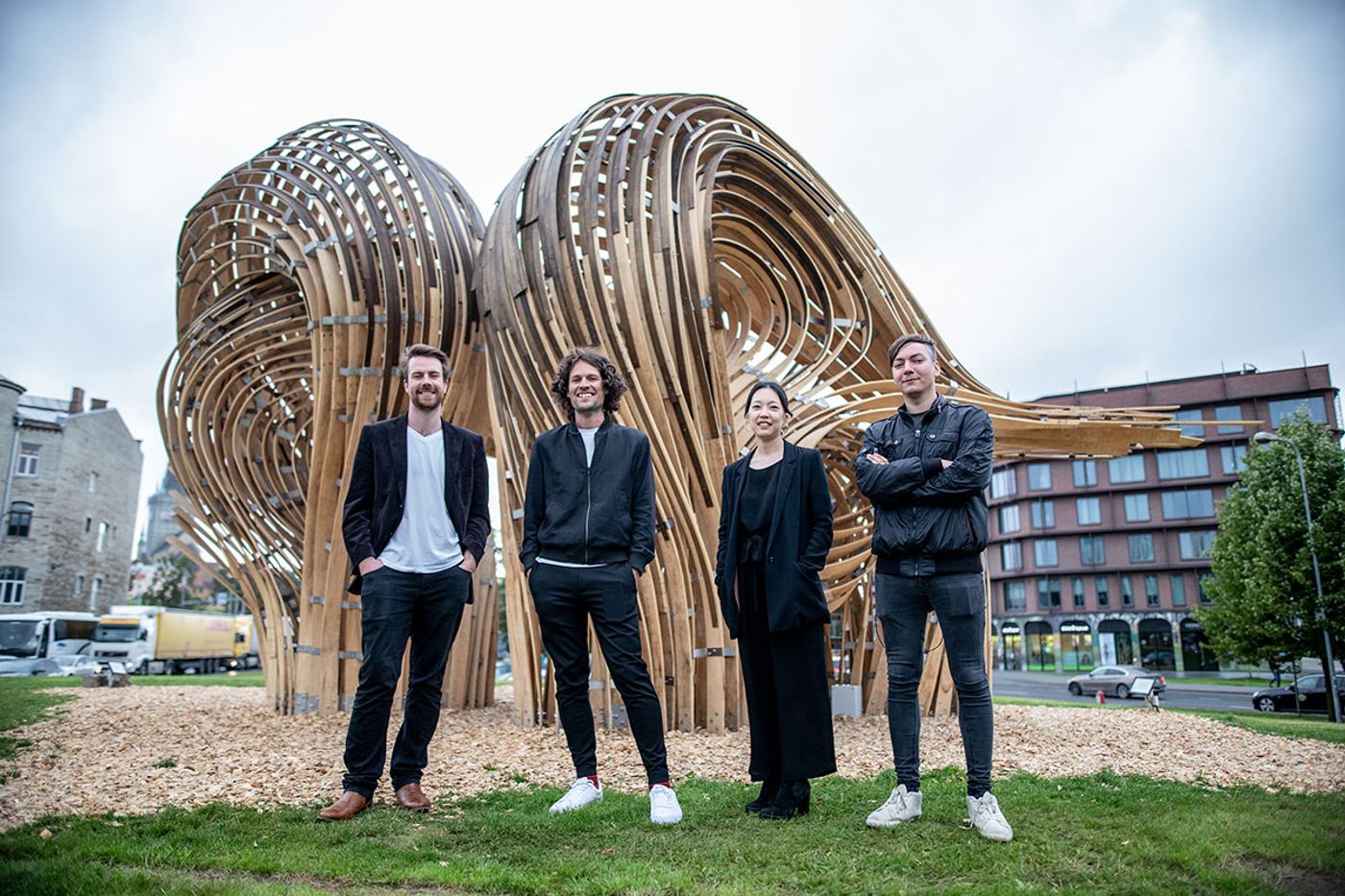
Left to right: Cameron Newnham, Gwyllim Jahn, Soomeen Hahm, Igor Pantic. Photo © Evert Palmets.